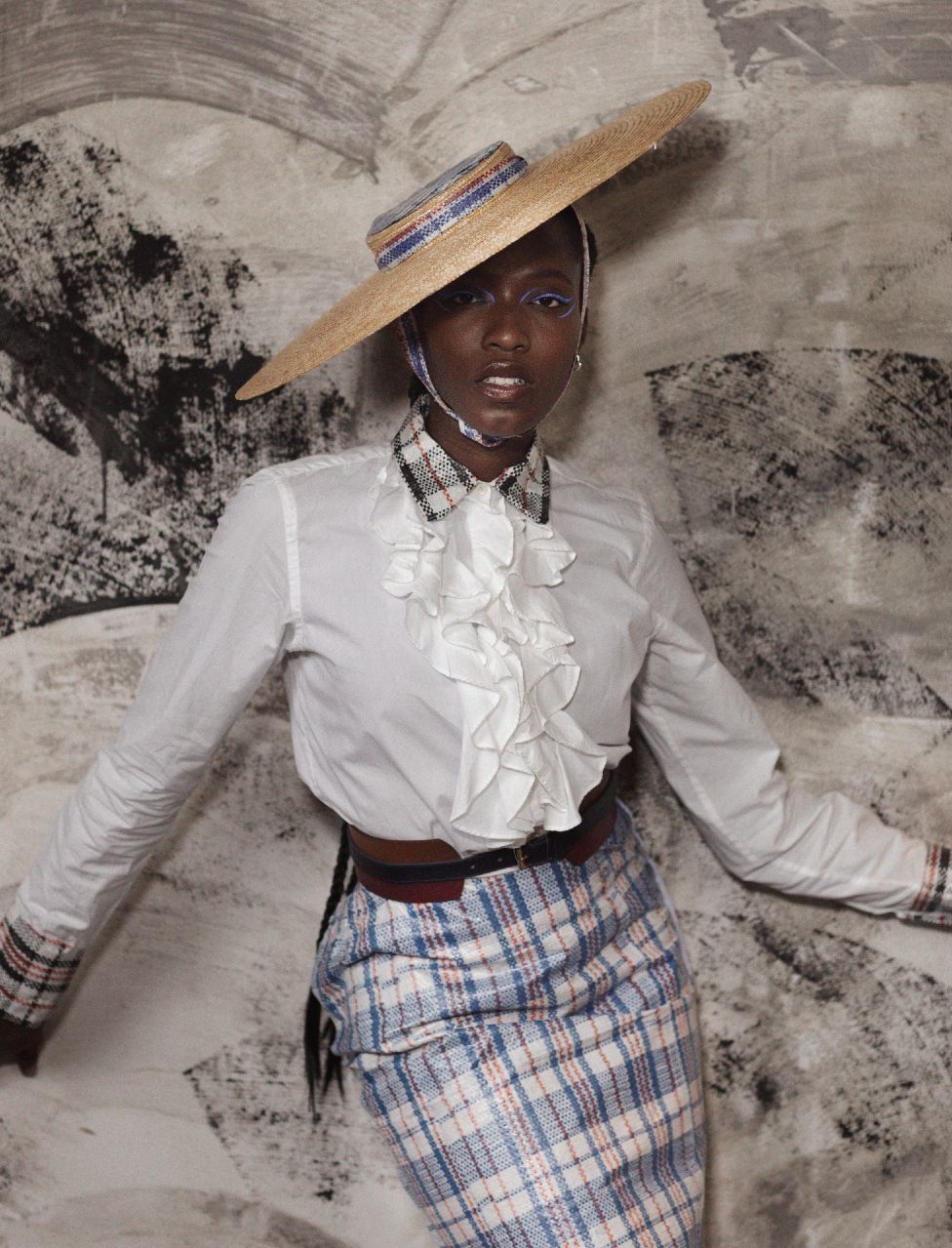Cultural Changes That Have Revolutionised Fashion In Africa

Ghana Must Go fashion. Photo: Obinna Obioma
African culture encompasses social values, political values, aesthetic values, morals, and religion.
As life progresses, changes take their course on culture, and these changes are reflected in society’s customs, lifestyle, and fashion.
Today, African fashion has transitioned into a new dimension of style that has given rise to dynamic representation through the influence of the changes in her culture.
Some of these significant changes are;
Change in the definition of gender identity
From the design of wrappers and other traditional wears to the dressing pattern, African fashion has always reflected the distinction between a man’s clothing and a woman’s clothing until now. The mindset of today’s generational designers in Africa is set in an intermingling of gender identities and the need to create a contemporary style that merges those identities.
The African cultural standards of the years before put gender fashion in a clear, differentiating state. Men and women’s fashion had no meeting point. African men’s clothing, including accessories, came in their specific style, and all men dressed in this style to identify in African society as African men. The same applied to African women.
African past culture considered men’s clothing a taboo on a woman and vice versa. Wearing clothing other than what is considered gender worthy to your gender meant subjecting yourself to strong discriminative judgements from society.
Moreover, the clothing and accessories to accommodate an unusual style were non-existent. So, there was no room for self-expression or self-identity. Africa’s Gender identification through fashion meant either a man or a woman, and every style creation resonated in line with that pact.
Presently, this is not the case in today’s fashion in Africa. The characteristic of being open-minded to fashion and exploring fashion’s endless possibilities has built a trendsetting line of African designers. Today’s designers have metamorphosed into creating a style of fashion with blends of identities. Groomed and refined, yet inclusive of the African elegance. Most importantly, this reasoning has inaugurated the age of African gender-fluid fashion.
Now, women can rock masculine fashion and men can strut in feminine fashion or a style not gender-based.
Reputable African fashion designers such as Nigerian ‘Orange Couture’ designer Adebayo Oke Lawal, ‘Maxivive’ designer Papa Oyeyemi, and South African young top designer Lukhanyo Mdingi, are breaking down gender constructs by tailoring masculine silhouettes for women and dressing men in silk, shiny, sheer, and long flowing fabrics. Individually, their brands are bodaciously gliding through the world’s high fashion space, and collectively African fashion is gaining momentum globally.
Change in the fusion of cultural diversity
African fashion is rapidly becoming a merging tool for diverse cultural styles. African brands are making use of style to create a blend of meaningful sub-cultures.
In the previous years, the existent diverse African cultures respectively showcased style in their traditional definition of fashion. African fashion had borders, fashion lines that initiated no room for integrating diverse styles into one.
Although respective cultural fashion identities still hold water in many African communities to date, African fashion has now developed a department of fashion with the make-up of different cultural fashion styles including western style, still reflecting the African heritage and identity.
Get the latest news delivered straight to your inbox every day of the week. Stay informed with the Guardian’s leading coverage of Nigerian and world news, business, technology and sports.














0 Comments
We will review and take appropriate action.